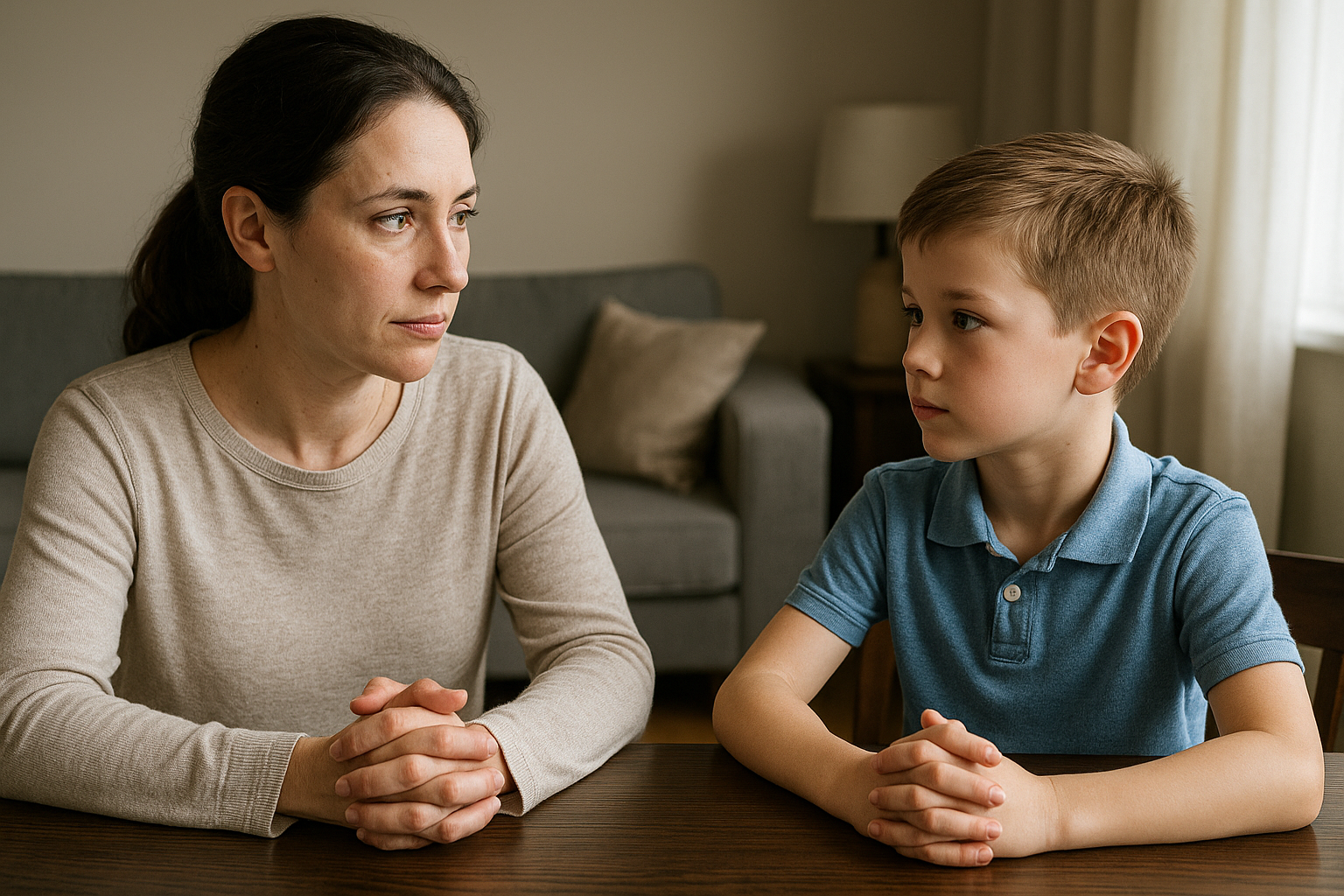Every parent wants their child to be respectful—to listen, speak kindly, follow rules, and treat others well. But when kids push boundaries or misbehave, it’s easy to fall into yelling, threats, or punishments that feel harsh. The problem? Those strategies might get quick results—but they don’t build long-term respect.
True respect is built through connection, modeling, and clear, consistent guidance. You don’t need to scare your child to teach them right from wrong. In fact, the more calm and respectful you are, the more likely your child is to follow your lead.
Here’s how to raise a respectful child—without yelling, shaming, or harsh discipline.
What Respect Really Means
Respect isn’t just about obedience. It’s about:
- Listening and considering others’ feelings
- Speaking kindly and thoughtfully
- Following rules because they understand their purpose
- Owning mistakes and learning from them
- Treating others the way they want to be treated
Respect is a two-way street—children learn it by receiving it.
Be the Model of Respect You Want to See
The most powerful way to teach respect is by demonstrating it in your own behavior. Speak to your child the way you want them to speak to you.
Model respect by:
- Using a calm tone, even when correcting
- Saying “please,” “thank you,” and “excuse me”
- Apologizing when you make a mistake
- Listening fully when your child speaks
- Avoiding sarcasm, threats, or name-calling
Children are always watching—and they’ll treat others the way they’ve been treated.
Set Clear, Consistent Boundaries
Respectful parenting doesn’t mean letting your child do whatever they want. In fact, clear boundaries are an act of love—they give your child the structure and safety they need to thrive.
Set rules that are:
- Simple and age-appropriate
- Explained with reasons (not just “because I said so”)
- Enforced calmly and consistently
- Focused on teaching, not punishing
For example:
“I won’t let you hit. You can be mad, but we use words, not hands.”
Firm doesn’t mean harsh—it means steady and clear.
Use Natural and Logical Consequences
Instead of punishments that shame or scare, use consequences that teach.
Natural consequences happen on their own:
- If they forget their homework, they get a lower grade.
- If they refuse to wear a coat, they feel cold.
Logical consequences are created by the adult, but still make sense:
- If they draw on the wall, they help clean it.
- If they break a toy by throwing it, it’s put away for the day.
These consequences connect actions to outcomes—without yelling or fear.
Teach Emotional Regulation
Sometimes, what looks like “disrespect” is actually your child being overwhelmed by big feelings. Teach them how to manage those feelings before they spill out as rudeness or defiance.
Help your child:
- Name what they’re feeling
- Take deep breaths or use calming strategies
- Ask for help when overwhelmed
- Use respectful language to express needs
Say:
“It’s okay to feel angry. It’s not okay to yell at me. Let’s talk when you’re calm.”
Over time, they’ll learn to manage their emotions and respond more respectfully.
Correct Behavior Without Shaming
Shame doesn’t teach respect—it teaches fear, hiding, or self-doubt.
Instead of:
- “What’s wrong with you?”
- “You’re so disrespectful.”
- “You always mess things up.”
Try:
- “That wasn’t okay. Let’s figure out a better way to handle it.”
- “I expect kindness when we speak to each other.”
- “What happened? Let’s talk about it.”
Correct the behavior without attacking your child’s character.
Encourage Problem-Solving and Responsibility
Give your child chances to reflect, repair, and take ownership of their actions.
Ask:
- “How do you think that made your friend feel?”
- “What can you do to fix this?”
- “What could we try differently next time?”
This builds empathy, accountability, and internal motivation to do better.
Praise Respectful Behavior Often
Catch your child doing things right—and say so!
Examples:
- “I noticed how you waited patiently. That was very respectful.”
- “Thank you for speaking kindly when you were frustrated.”
- “You listened so well when I asked for help. I appreciate that.”
Positive reinforcement is more powerful than any punishment.
Create a Respectful Family Culture
Talk openly about what respect means in your home. Set family values like:
- “We speak with kindness.”
- “We listen when others talk.”
- “We fix our mistakes.”
Post them somewhere visible. Refer to them often. And most importantly—live them yourself.
Respect Begins With Relationship
You don’t have to yell to be heard. You don’t have to punish to be respected.
When you build a relationship based on trust, empathy, and clear boundaries, your child learns that respect is not about fear—it’s about connection, understanding, and care.
By leading with calm strength, you’re teaching your child the most respectful message of all:
“You matter. Your behavior matters. And I believe you can grow.”
